| We spent the morning in the borough of Rosemont visiting one community garden and two collective gardens. In community gardens, the land is divided into many small gardens that are allotted to individuals or families while collective gardens are managed by a group of people, and harvests are shared among the group. Basile-Patenaude Community Garden We began our day with a tour of the Basile-Patenaude Community Garden where the garden assembly’s president, David-Alexandre Boutin, led us through the 80 allotments, a 25,000 m² space thick with tomatoes, cabbage, basil, onions, squash blossoms, thimbleberries, ground cherries and much more. Some of these gardens are even fertilized with the spent grains from a neighborhood brewery! Basile-Patenaude Community Garden really started to get organized in 2009 with an elected board and an assembly in which all gardeners participate. Today, 80 families, most of whom are from the Rosemont borough, participate, and 125 more are on the multi-year waitlist. In David’s words, urban agriculture is blooming in Montreal. The space is diverse in both plants and people—at least 18 nationalities are represented at the garden. The garden has even served as a space where people learn from each other and are compelled to confront their own prejudices. David told us about members challenging their prejudices against Turkish immigrants through interaction with families at the garden. Three Turkish families who work their allotments collectively have some of the most productive gardens at Rosemont; their flourishing allotments are always shown to newcomers as model gardens. They were also the first to demonstrate chickpea production and distributed their seeds to other gardeners. The national and ethnic diversity happened somewhat by chance, but David would like to see even more, and referred to this as part of broadening the social mission of the garden. Rather than the City taking responsibility for outreach with immigrants, David would prefer to see more grassroots outreach, such as from immigrants who live in the neighborhood and have their own garden plots. Another aspect of the social mission is to provide a space for community activities and involvement. Children have been especially integral to Basile-Patenaude, where 50 neighborhood kids designed a children’s garden that includes bathtubs full of fish, a flower garden, fruit trees and a shed. The project was built with the volunteer labor of the gardeners (old and young), and supplies bought by a $7000 grant made by the Farmers’ Union and the credit union Desjardins. The Farmers’ Union, which has traditionally been exclusively rural, is looking for ways to support or get involved in urban agriculture. Such support may be increasingly important because less funding appears to be available through the Boroughs. “We cannot rely on the Boroughs. Less and Less [funding is available],” David told us. An environmental educator who came to do “Questions and Answers” sessions and other activities with gardeners was very popular, but David is concerned that his job will be cut next year. Basile-Patenaude Community Garden uses City land, which leases the land from the neighboring supermarket on a year-to-year basis. The $40,000 dollars a year that the City pays the supermarket is essentially a property tax refund, and the supermarket could likely make a lucrative real estate deal by selling the land. Yet the sheer demand for and popularity of urban agriculture means that the owner of the land would face immense protest if it were to attempt to change the current land use. This seems to be a regular tension faced by gardens in neighborhoods where housing construction or other development would produce higher rents than urban agriculture use but where urban agriculture is highly valued by residents for sustenance, urban green space and public space. | Bouffe Action Rosemont Collective Gardens Collective gardening started in Montreal in the 1990s as an alternative to community gardens (which began in the 1970s). Collective gardens serve people who lack enough knowledge, money or time to start their own garden plot. Increasingly, they also attract people who cannot get their own allotment at a community garden. (This is sometimes a tension, as people who would prefer an allotment may have priorities different than those embodied by collective gardens.) Ten people are employed by Bouffe Action Rosemont (Rosemont Food Action), which operates eight collective gardens and a collective kitchen. We visited two of the collective gardens that Bouffe Action coordinates. One was comprised of large, wheelchair accessible planters in a parking lot. During our visit, several women sat next to the planters, distributing the week’s harvest. The other collective garden was a much larger area and served as a park space that was lined by garden beds along the edge. We saw many families—who have to be members of the garden to use the space—playing drums, dancing, and having picnics with their children. Julie Blundell, who coordinates Bouffe Action’s garden program, sees the Borough as very supportive of their work; though the Borough contributes little funding, they tend not to put up obstacles to any greening projects. The heavy dependence of Bouffe Action on grant funding does limit their flexibility, given the present trend of foundations or other grant-making entities to make highly specific requirements that sometimes fail to match the characteristics of the neighborhood or mission of the organization. Still, Bouffe Action aims to retain their mission to serve people who have disabilities, low incomes or immigrant status in order for them to learn or use the skills of gardening for greater autonomy, and to expand their access to these spaces. |
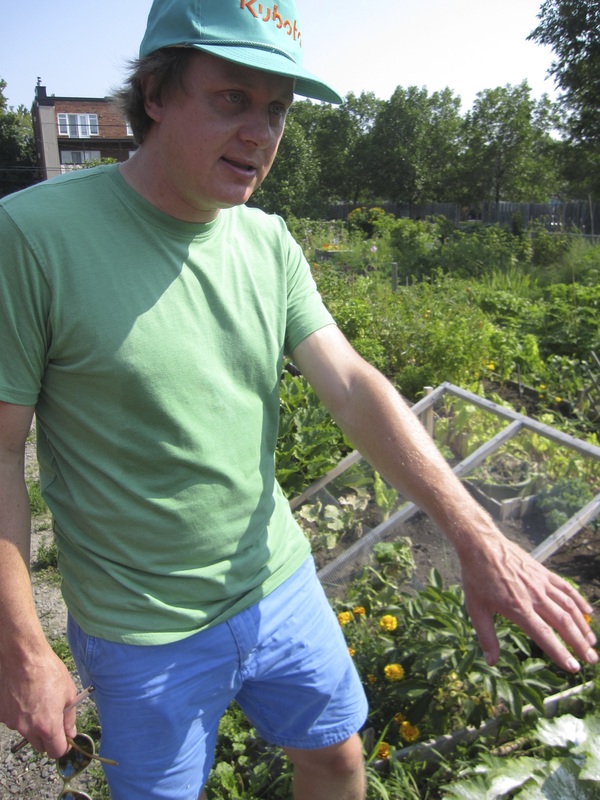
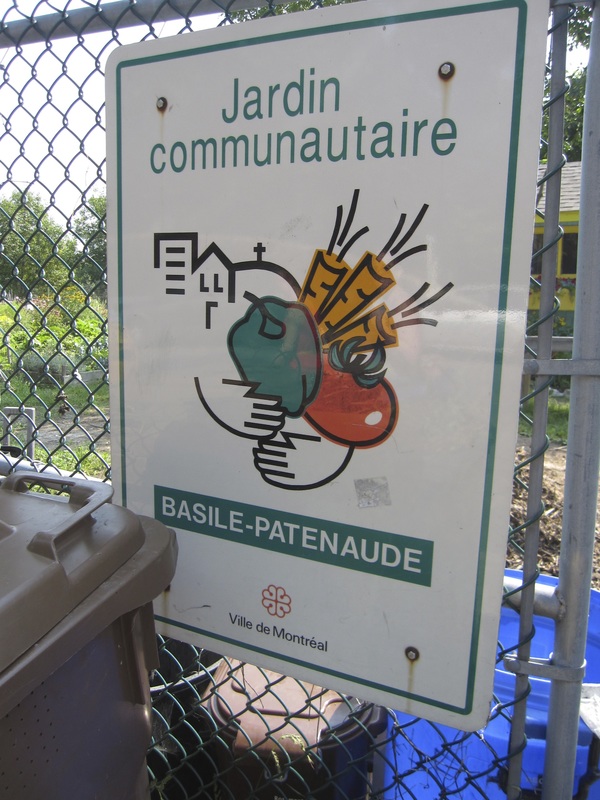
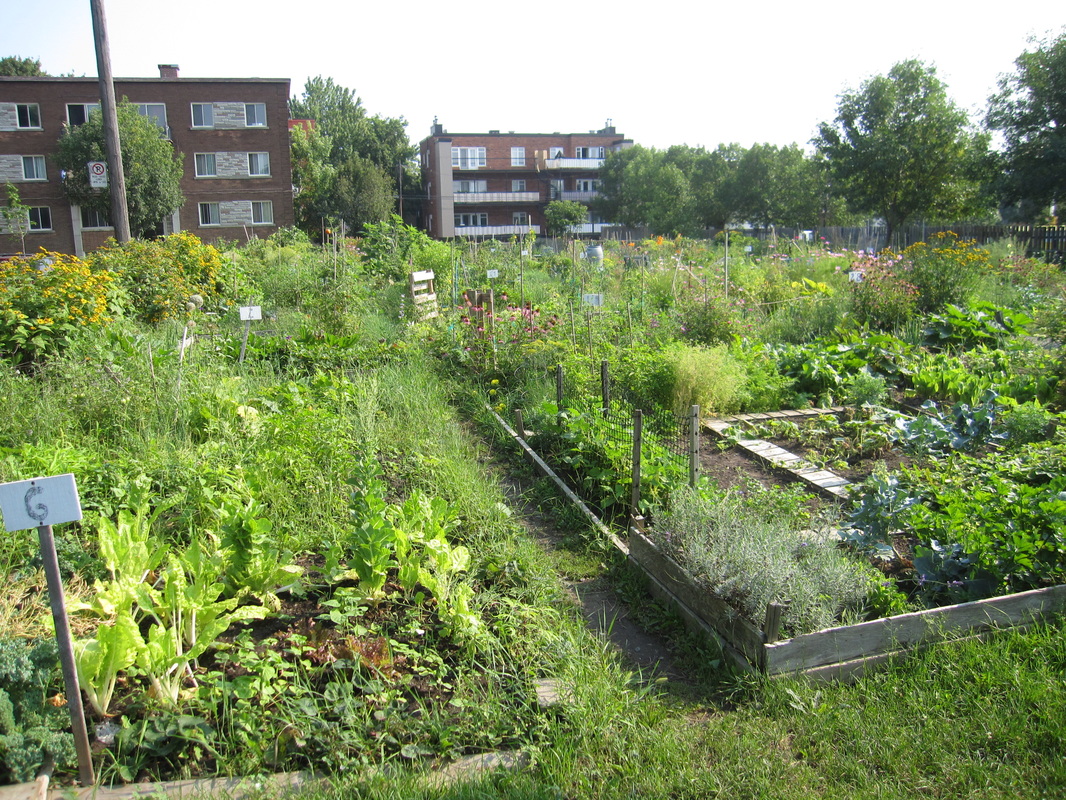
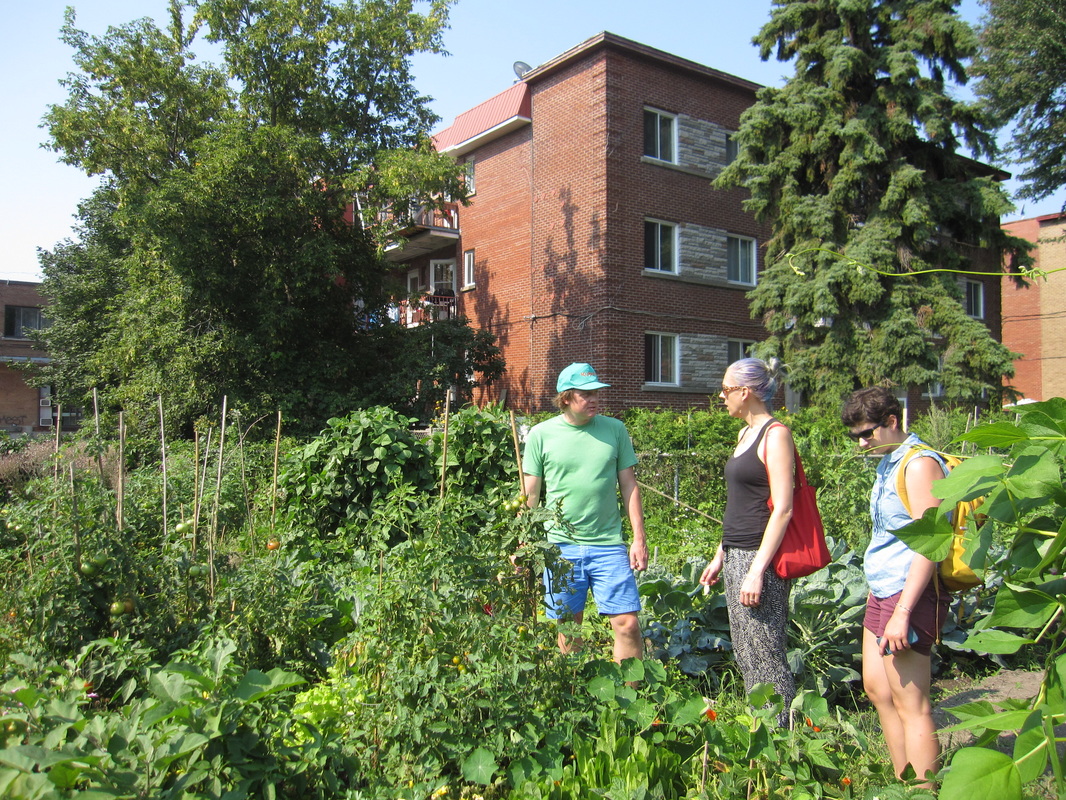
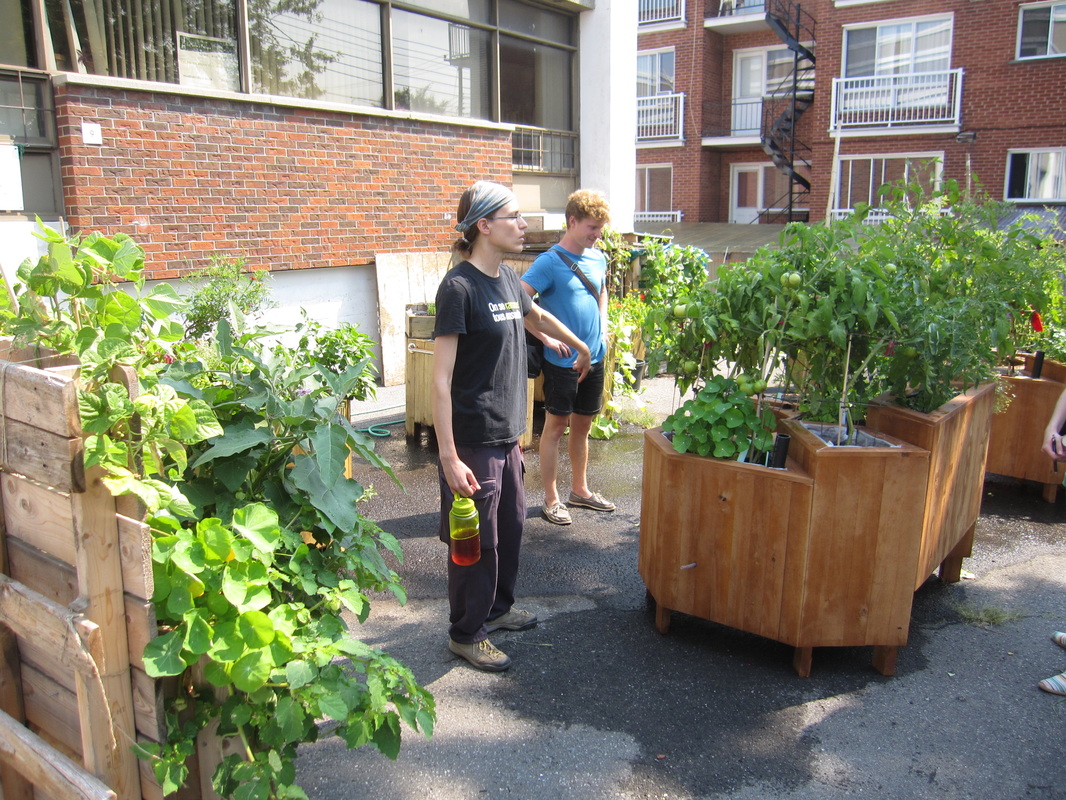
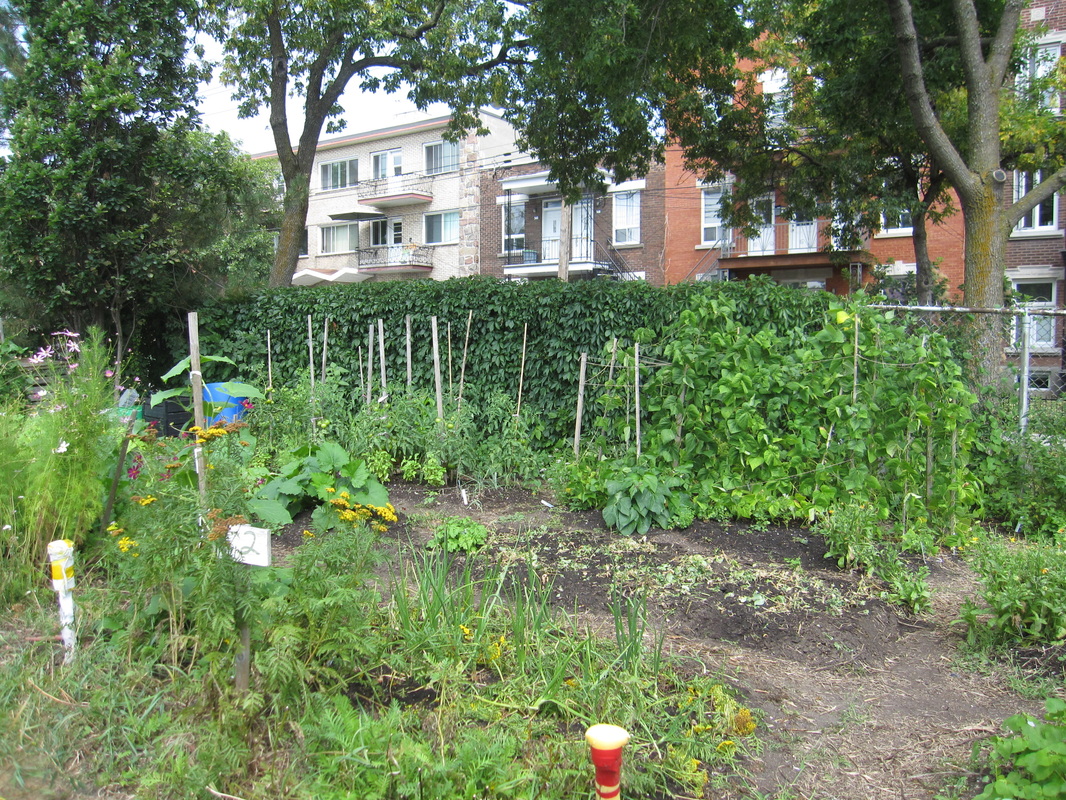
 RSS Feed
RSS Feed
